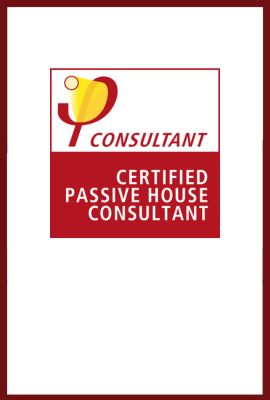- Location :
Passive House is a type of building designed and constructed to maximize energy efficiency and reduce energy losses primarily through natural processes and materials, without the need for active systems such as air conditioning or heating. Essentially, a Passive House provides thermal comfort year-round, maintaining a consistent temperature in all spaces while eliminating humidity issues. This is achieved with exceptionally low energy consumption.
How a Passive House works and its basic principles:
1. Insulation: In Passive Houses, the key feature is the high insulating capacity of the walls, roof, and windows to maintain thermal comfort. Ideal insulation prevents heat from entering during the summer and retains warmth during the winter.
2. Windows: Windows are traditionally considered the weak point in a building’s envelope. In Passive Houses, top-quality windows with a low U-value (thermal transmittance) are used. Properly designed windows allow solar heat gain in winter and prevent overheating in summer with appropriate shading.
3. Thermal Bridges: High-thermal-inertia materials like stone or concrete are used to maintain and release heat as needed, reducing thermal bridging.
4. Air-tightness: Inadequate air tightness in buildings is referred to as “infiltration.” Passive Houses typically achieve air tightness levels about 10 times better than conventional buildings. These airtight seals are established around windows, under external doors, and other areas with wall penetrations.
5.Mechanical Ventilation with Heat Recovery: Passive Houses incorporate mechanical ventilation systems with heat recovery to ensure consistent fresh air quality while recovering and reusing heat energy from the outgoing air.
These principles are combined to create buildings that are extremely energy-efficient and environmentally friendly, offering a high level of comfort.
